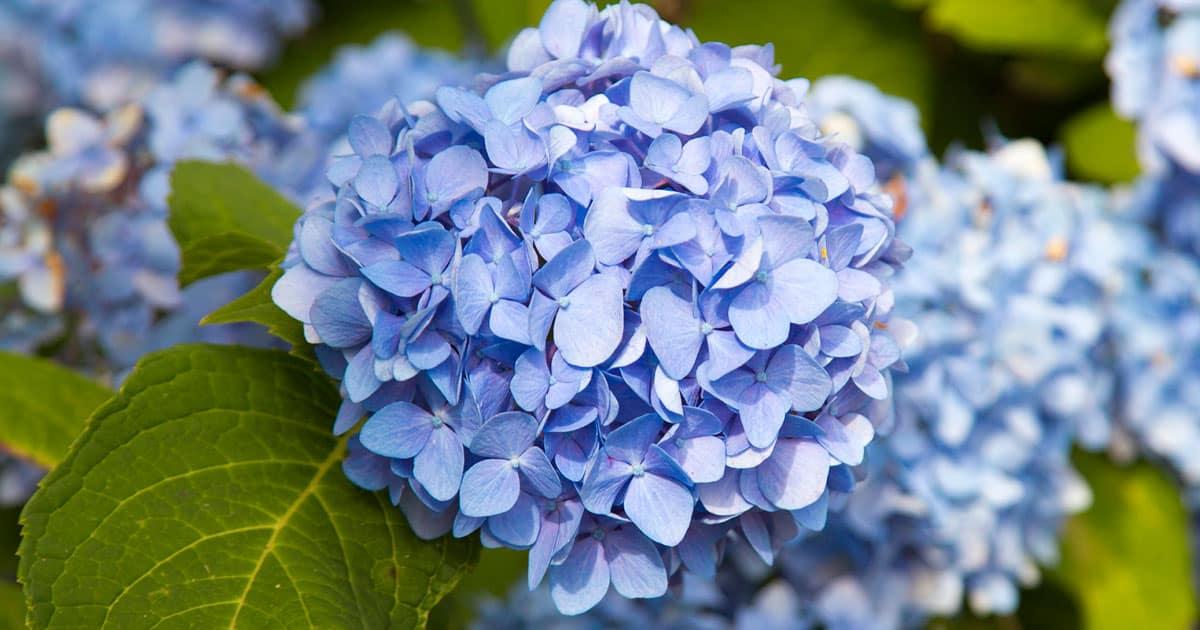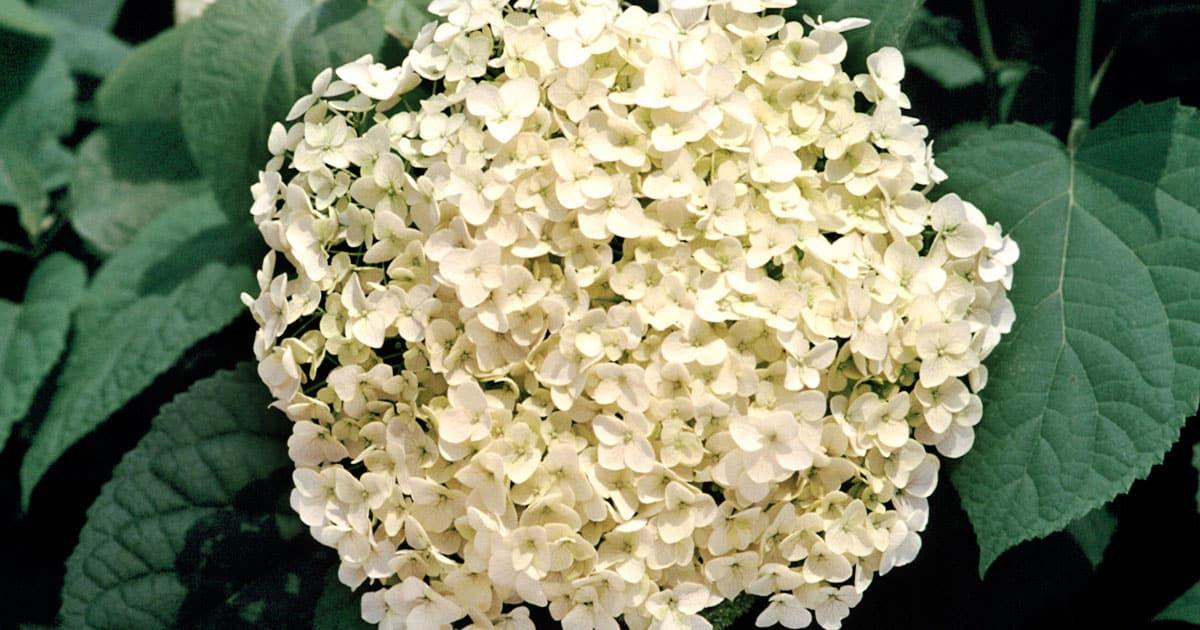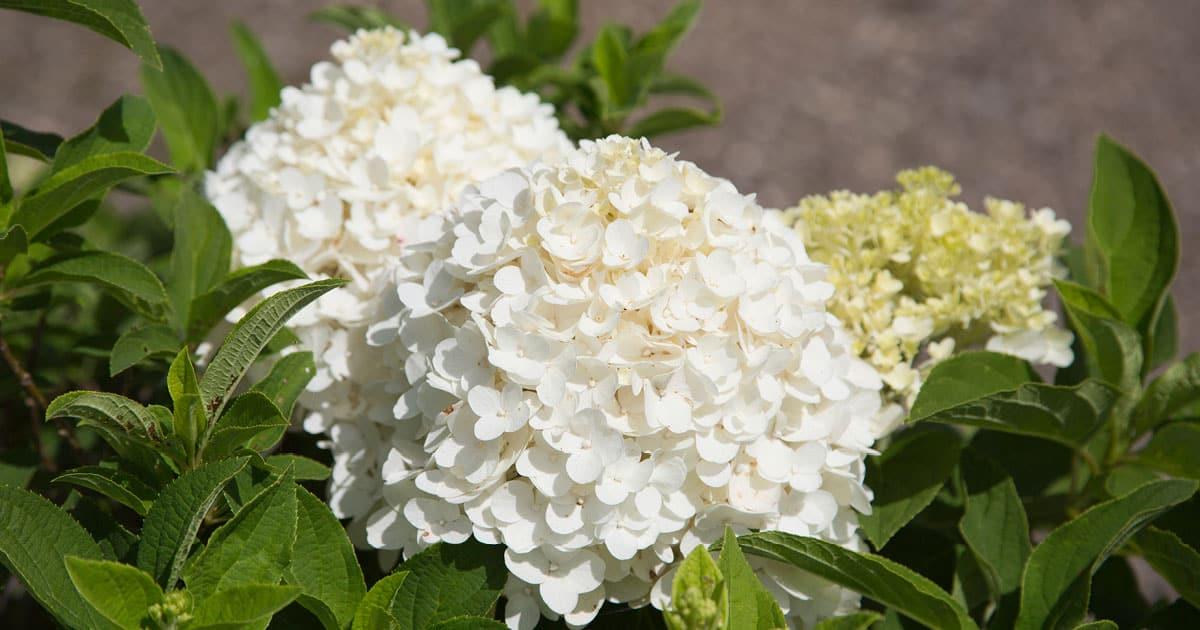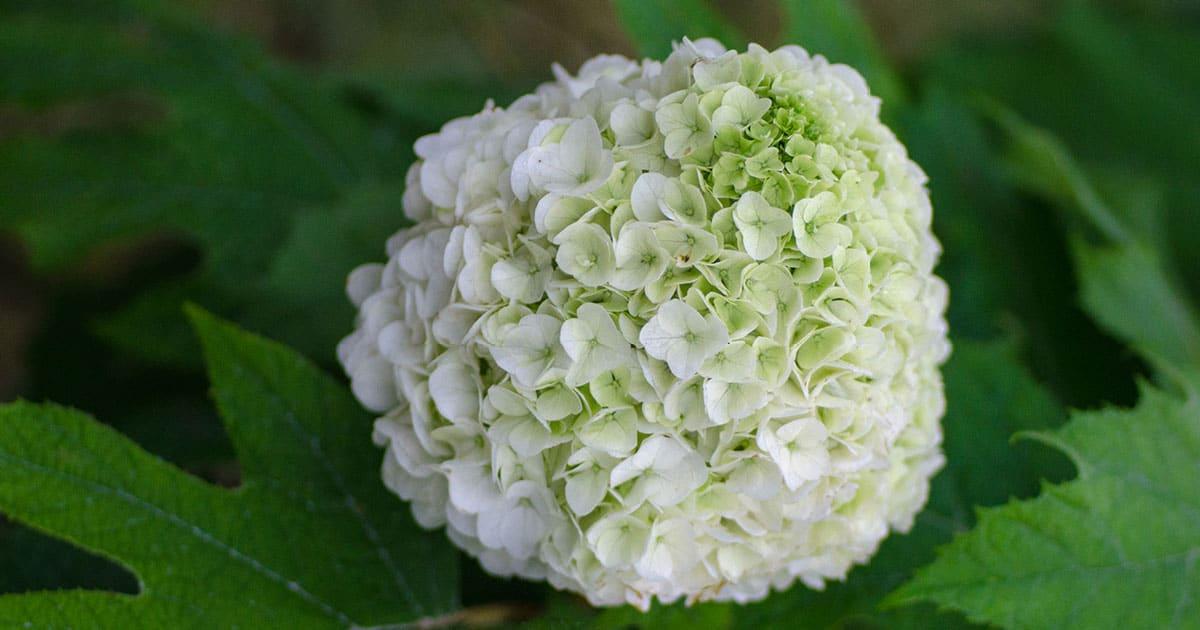For all the appeal hydrangeas bring to the landscape, they seem to generate an equal amount of confusion among gardeners. From managing pH and blossom color to pruning, hydrangeas like to keep people guessing! But pruning these summer bloomers is actually quite simple once you know what type of hydrangea is growing in your garden. Common hydrangeas belong to four different species, each with slightly different pruning requirements. Before you reach for the pruners, determine which hydrangea species you are growing, then follow our guidelines for blooming success.

Big-Leaf Hydrangeas
Big-leaf hydrangeas including Dear Dolores™ and ‘Big Daddy’ belong to the species Hydrangea macrophylla. This is the most diverse group of hydrangeas and includes two common types, mopheads and lace-caps. Big-leaf hydrangeas bloom on old wood, meaning blossoms emerge from stems produced during the previous growing season. Pruning in the spring would remove the flower buds, leaving us with a bloomless plant for the year. Instead, big-leaf hydrangeas are pruned in summer, after they finish blooming. To prune, remove up to one-third of the stems each season. Start by removing the weakest shoots, both old and new ones, cutting at the base. Maintain several stems of old productive wood as well as strong new stems that will flower next season. This type of replacement pruning will encourage strong growth and keep the plant productive.
Note: While Dear Dolores™ belongs to this family, since it is a re-bloomer, it is a bit of an exception—blooming on both old and new wood. Therefore, it is a bit more forgiving. You may prune it winter, spring or summer and still get blooms from the current season’s growth.

Smooth Hydrangeas
A plant by many names, smooth hydrangea (Hydrangea arborescens) is commonly called wild hydrangea because it is native to the eastern and southern U.S. Many people also know smooth hydrangeas by the name ‘Annabelle,’ which is actually a cultivar of Hydrangea arborescens. Until recently, ‘Annabelle’ was the only widely available smooth hydrangea in the marketplace, but several new introductions have been made in recent years.
Smooth hydrangeas bloom on what we call new wood, which is the new growth produced in the spring. To encourage abundant blooms and keep plants a manageable size, smooth hydrangeas are typically cut back to the ground in late winter or early spring. If a larger shrub is desired, gardeners may prune some of the stems to the ground and leave others at varying lengths, from one to two feet.

Panicle Hydrangeas
Read more : When Are Acorn Squash Ready To Be Picked
There are several ways to prune panicle hydrangeas (Hydrangea paniculata), sometimes called PeeGee hydrangea. Plants bloom on new wood and may be pruned in late winter or early spring. With this species, pruning practices depend upon how large a shrub is desired. Panicle hydrangeas may be lightly pruned to maintain an ideal shape, while allowing the plant to grow rather large – up to 10 or 15 feet depending on the cultivar. Plants may be pruned more severely to encourage a compact form and larger flower heads. Panicle hydrangeas may also be cut back to the ground, but the new growth is weak and may flop under the weight of the flowers. For this reason, many gardeners prefer to leave a framework of old growth to support the blooms. To do this, simply cut the stems back to a height of 18 to 24 inches. Another option is to prune panicle hydrangeas into a tree form with a single or multi-stemmed trunk. See our variety, White Wedding®.

Oakleaf Hydrangeas
The Oakleaf hydrangea (Hydrangea quercifolia), like Tara™ is a hardy shrub, grown as much for its lush foliage as its flowers. Oakleaf hydrangeas require very little pruning and bloom on old wood. Limit spring pruning to the removal of dead or broken branches as needed. If you wish to improve the shape of the plant, prune it in summer after the plant finishes flowering.
Pin it!

Source: https://t-tees.com
Category: WHEN
